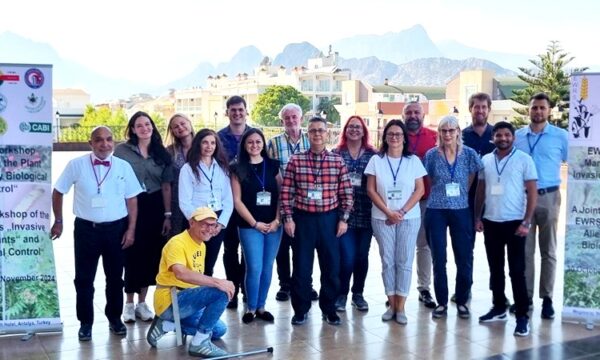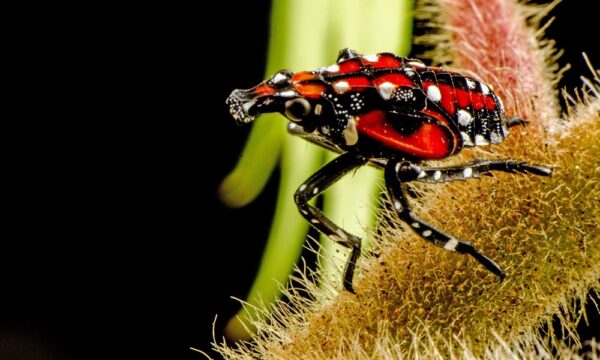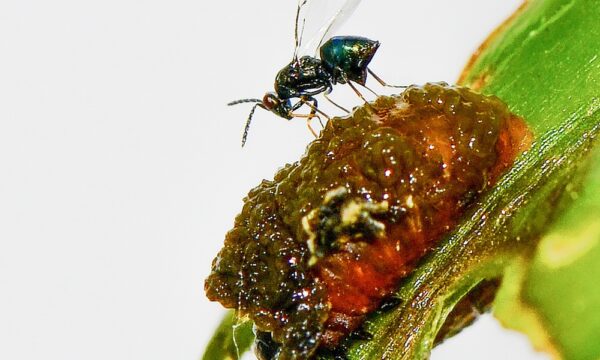CABI welcomes action that the EU has recently taken (September 9, 2013) to protect member states against the adverse impacts of Invasive Alien Species (IAS). The draft Regulation on the prevention and management of the introduction and spread of IAS will help to coordinate management and preventative measures across the whole of the EU, leading to what will effectively be a joint battle against IAS – a problem that costs the EU at least 12 billion Euros each year.
CABI’s initial views on four key areas are summarised below:
A list of invasive alien species of Union concernIdentifying invasive species of European concern is at the core of this Regulation and we are pleased to see that lists of these species will be compiled based on scientific evidence. However, impact evidence, in the form of scientifically replicated studies, is currently lacking for many IAS across the EU. The lack of such data will inevitably have an impact on the strength of risk assessments for individual species. |
Inclusion of chapter IV – Management of IAS that are widely spreadCABI is pleased to see that the draft Regulation highlights the valuable work that has been and continues to be conducted throughout EU member states, and welcomes the consultations to the draft Regulation, including all the steps needed to implement it. The inclusion of chapter IV – Management of IAS that are widely spread – is particularly welcomed, as these species are often overlooked due to the networks, resources and time needed to address them on an EU-wide scale. |
Inclusion of all management methods, including biocontrolCABI also welcomes the inclusion of all management methods into the Regulation (physical, chemical and biological actions), as the control and management of some of the more widespread EU weed species can only realistically be achieved using integrated pest management options, in particular classical biological control. Biological control also plays play an important role in protecting aquatic and riparian habitats, and so helps meet requirements of the EU Water Framework Directive as chemical and mechanical control options are often impractical or prohibitively expensive or taboo in such cases. |
Inclusion of habitat restoration post controlIt is encouraging to see the inclusion of habitat restoration post control, though it will be difficult to implement from a practical point of view due to cost and the highly disturbed nature of many of the habitats invaded by IAS. |
Dr Dick Shaw, CABI’s Global Director of Invasive Species Management says:
“It’s great to see this initiative come so far and that Member States may soon have to do something about invasive species that can and do wreak havoc to biodiversity and their environments. There will be a lot of horse trading to come but I believe the will is there to make a change in the face of such a major and cross-cutting threat.”
1 Comment
Leave a Reply
Related News & Blogs
Biological control in action: Zambia’s field days on fighting fall armyworm
Experts from CABI recently held two field days and an expo in Zambia, showcasing innovative approaches to pest management to 584 farmers, agro-dealers and other stakeholders to help raise awareness of approaches to tackle the invasive fall armyworm (Sp…
11 June 2025






[…] authority the requirement for rapid response strategies for alert list species. The recent European Union (EU) draft regulation which aims to legislate for the control of invasive non-native species in the EU is likely to be […]